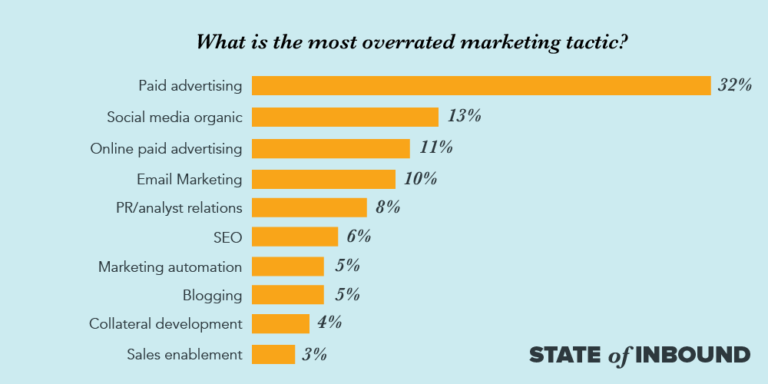
It’s no secret that digital ads have taken over our lives. We see them every time we open a web page, scroll through social media, or watch a video. They’re even becoming more common in physical spaces, like on the sides of buses and trains. While there are some benefits to this increased advertising, such as getting products and services in front of more people, it can also be incredibly overwhelming.
Here are some tips on how to deal with the massive amount of digital ads:
1. Recognize when you’re being targeted
Table of Contents
One of the first steps is to become aware of when you’re actually being targeted by an ad. This can be tricky, as many ads are designed to blend in with their surroundings. However, there are some telltale signs that you’re looking at an ad, such as it being much brighter or more colorful than the rest of the page, or featuring flashing images or text.
In order to understand why you’re being targeted, you need to know who is doing the targeting. Advertisers use a variety of methods to target their ads, and each one has its own set of data that it uses. The three main types of targeting are:
– Behavioral: Based on your online activity, such as the websites you visit or the things you search for
– Contextual: Based on the content of the website or app you’re using
– Demographic: Based on personal information like your age, gender, or interests
2. Don’t engage with every ad you see
Just because you’re being targeted by an ad doesn’t mean you have to engage with it. In fact, most of the time, you shouldn’t. If you’re not interested in the product or service being advertised, simply scroll past it or click away. The more you engage with ads, the more likely you are to see them in the future.
The way this works is that many ad platforms, such as Google and Facebook, use algorithms that track your behavior online. The more you interact with an ad, the more likely it is that you’ll see similar ads in the future.
3. Use ad-blockers
If you’re finding it difficult to avoid ads, you can install an ad blocker on your web browser. This will prevent most ads from being displayed when you’re browsing the internet. By using ad blockers, you can take back some control over the amount of advertising you’re exposed to. Additionally, many ad blockers also allow you to block specific types of ads, like those that are particularly intrusive or those that track your online activity.
4. Support ad-free content creators
There are some content creators who have chosen to forego advertising altogether. If you appreciate their work, consider supporting them financially so they can continue to create ad-free content. This can be done through sites like Patreon or directly through the content creator’s website.
Additionally, many content creators offer ad-free versions of their work for a small fee. If you’re willing to pay a little extra, you can completely avoid ads. This is often worth it if you find yourself constantly being bombarded by ads.
5. Speak up about intrusive ads
When you come across an ad that is particularly intrusive or annoying, take a stand and let the company know. Many companies are not aware of how their ads are impacting users and may be willing to make changes if they receive enough feedback. You can usually find contact information for companies on their websites.
Plus, by speaking up, you can help to shape the future of advertising and make it more user-friendly for everyone. Remember, companies are more likely to listen if they think their bottom line is at stake.
6. Help others become aware of digital advertising
Many people are unaware of the strategies used by advertisers to target consumers. By raising awareness, you can help others become more critical of the ads they’re exposed to and make more informed decisions about whether or not to engage with them.
For example, you could share articles with your friends and family, or write a blog post about your own experiences with digital advertising. This way, you can help create a more informed and empowered consumer base.
Digital advertising can be overwhelming, especially when you’re being targeted by ads that you don’t want to see. However, there are ways to take back control and reduce the amount of advertising you experience. By using ad blockers, supporting ad-free content creators, and speaking up about intrusive ads, you can make a difference in the way digital advertising works. Additionally, you can help others become more aware of the strategies used by advertisers so they can make more informed decisions about the ads they see.






